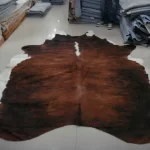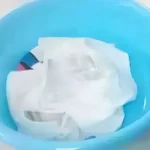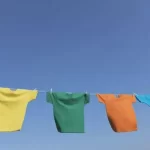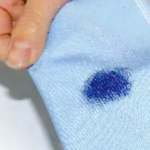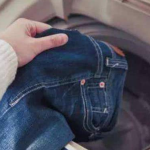When washing stains, cold water or hot water is more effective?

Imagine you’re getting ready for a first date; shaving your beard, ironing your shirt, and polishing your shoes. To ease the tension, you pour a glass of red wine. Looking at the clock, you realize that you are about to leave, so you rush to finish the remaining wine in your glass, unfortunately, a puff of red wine slips out of the glass and falls right on your clothes! The panic sets in and you try to remember everything your mom once taught you about stain removal, but nothing comes to mind.
Hot or cold water? Should I use vinegar or soda? Do you want to rub? What material is this shirt made of? Obviously, knowing how to effectively remove stains from clothing surfaces is important!
What are stains?
While we all know what stains look like, it’s hard to describe what they are. Stains are discolorations or marks that are clearly visible on other surfaces or materials. These stains are caused by the chemical and physical interaction of two dissimilar materials. Most stains come in two types: oil-based and water-based.
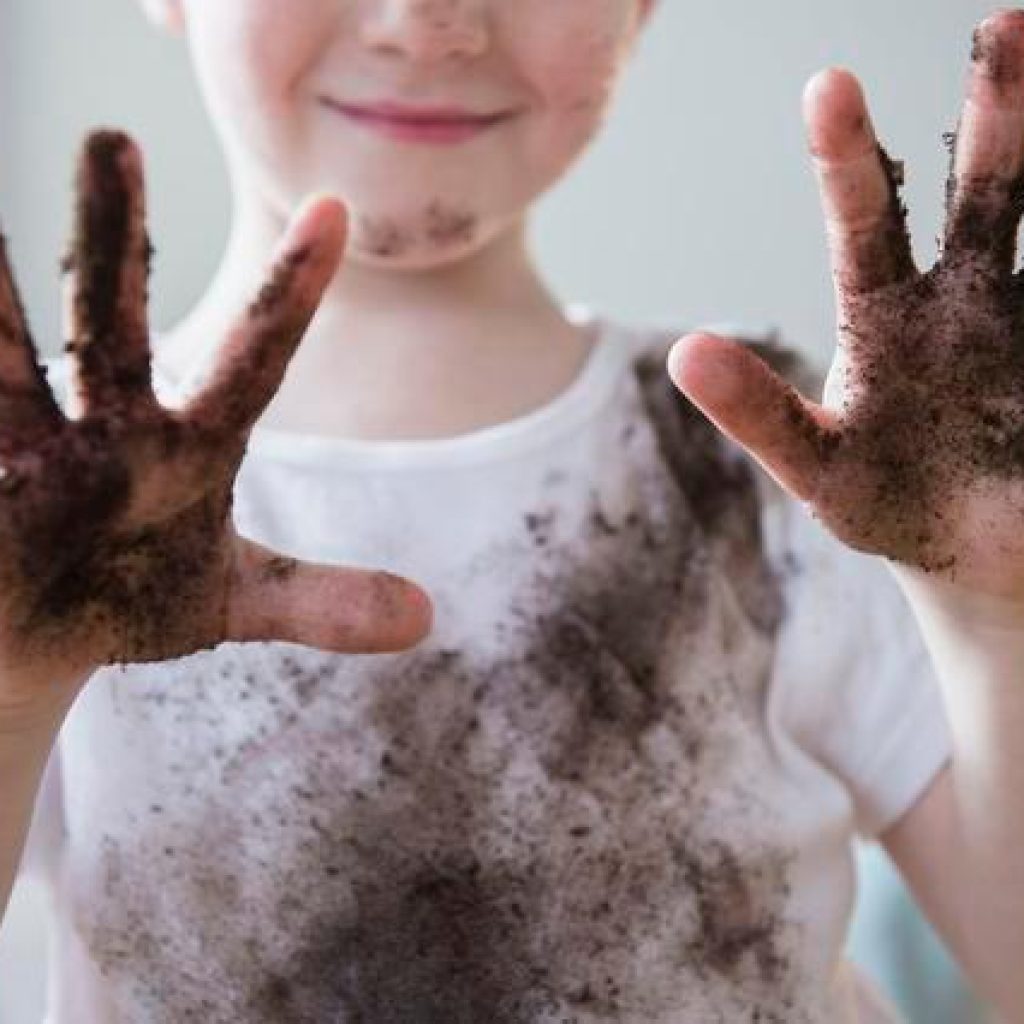
Water-based stains are those that arise from beverages and most liquids, drips from cut fruit, and anything else that’s primarily composed of water. Oily stains are those from gravy, vinaigrette, grease, or oil splashes that are low in water content. Some stains (such as those from ink, wine, chocolate, lipstick, or paint) require a combination of methods, especially when they are a specific color, and can be more difficult to remove.
Just as there are different types of stains, the temperature of the water used to clean these types of stains will vary, as will the stain-removing substances used. For example, you can’t use water on oily stains, as it will make the situation worse, and you need to be careful about using “soda water” as a stain removal solution. Oil-based stains often require dry cleaning to completely remove marks, but if you’re washing away stains at home, the most important consideration is the temperature of the water you’re using!
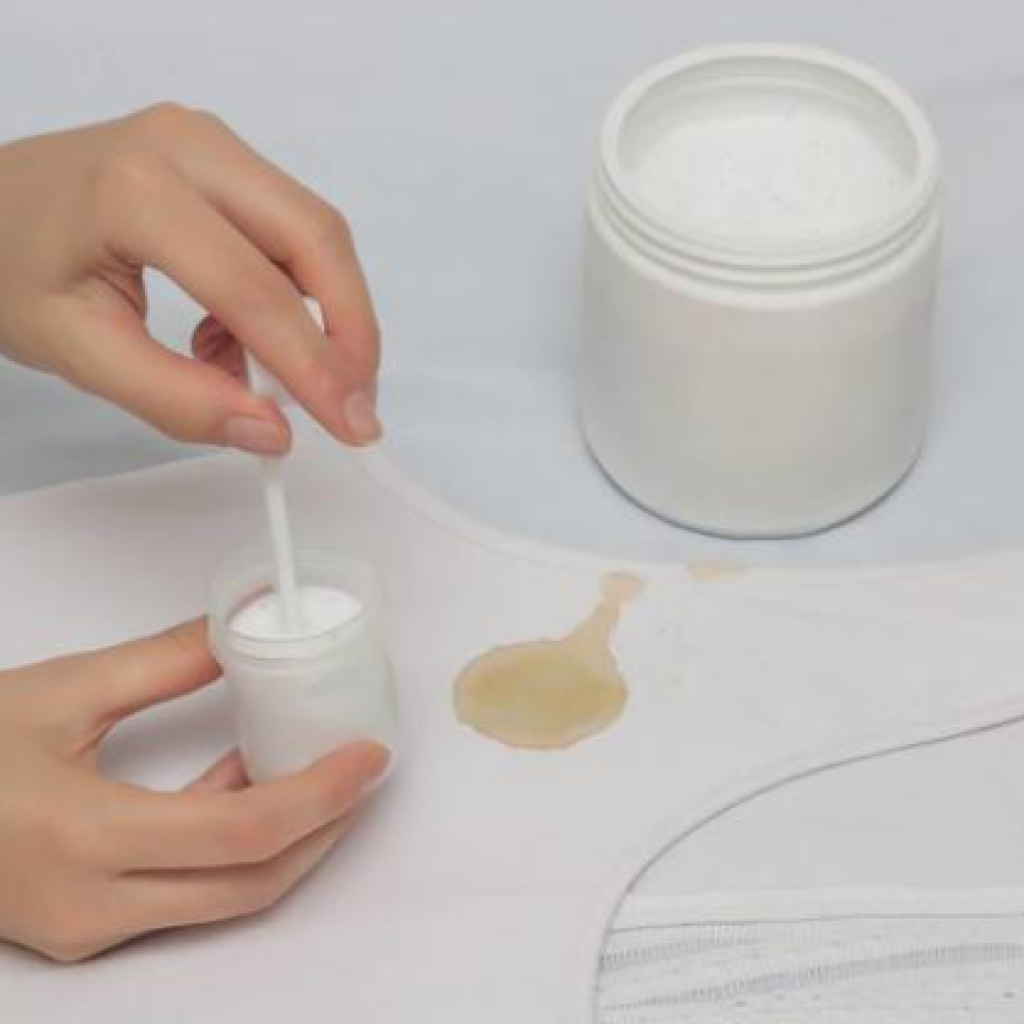
Remove stains in hot water
If you stained something white or a light color, or if something is heavily soiled, hot water stain removal is a must. For example, diapers and underwear need to be washed in hot water, because they need to be highly disinfected with hot water. Hot water is very effective at removing stains because it activates laundry detergent better than cold water and also completely dissolves powdered detergents, making these washes more effective. As mentioned above, dry cleaning is usually used to remove oily stains, but if you are washing this type of stain at home, always use hot water. Hot water can also be used on stains with colors, such as chocolate or red wine.
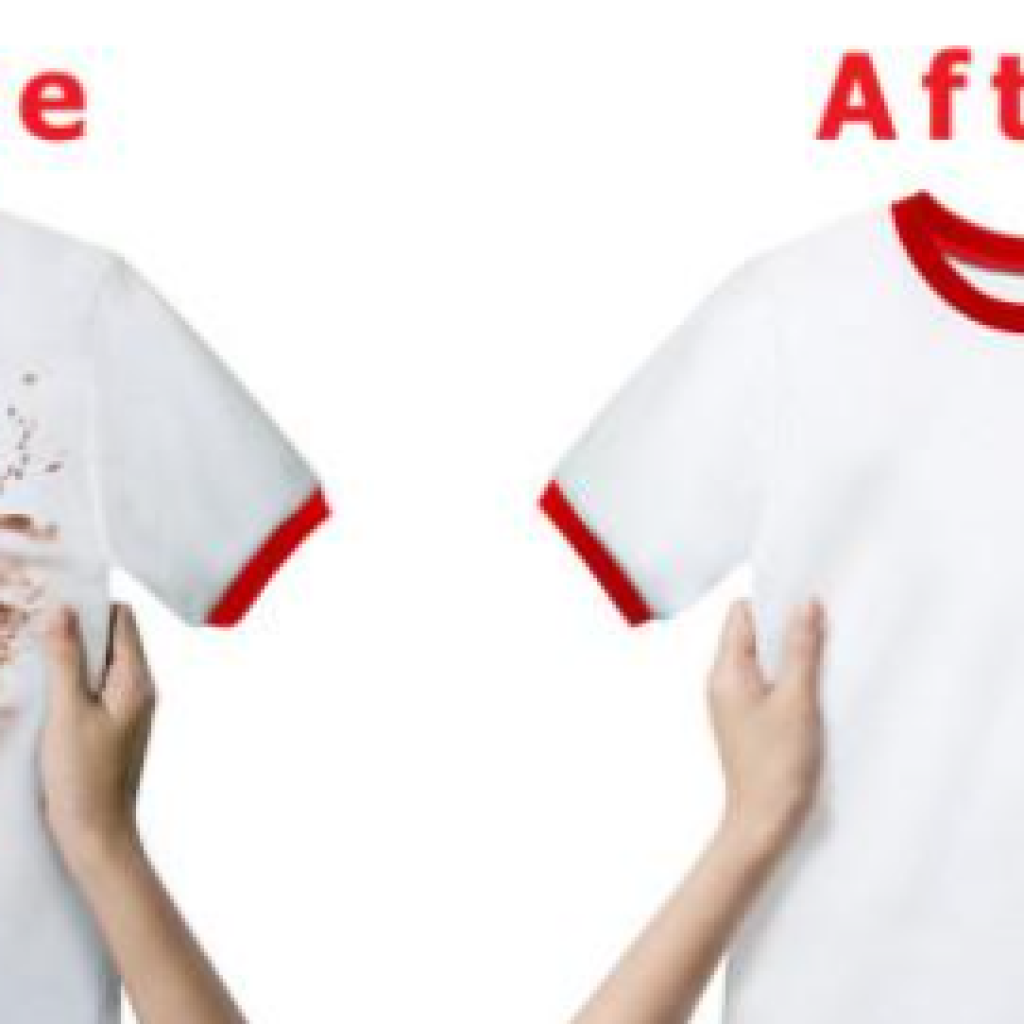
The problem with using hot water on colored clothing is that it can increase the likelihood of color bleeding or fading. Also, hot water can make clothes shrink more easily, especially if the item is wool or any other fragile material.
Warm water at a temperature of 32°C -43°C, although not as hot as sanitizing level hot water (54.4°C), is usually sufficient for ordinary clothing such as jeans and rayon clothing. The advantage of warm water is that it will keep your clothes clean without shrinking or bleeding.
Remove stains in cold water
Coldwater can be used on any type of stain with varying results, but there are some stained clothes and fabrics that should only be washed in cold water. First, any stains on delicate clothing, such as those made from wool, silk, satin or hand-dyed fabrics, should be removed with cold water (32°C or below).
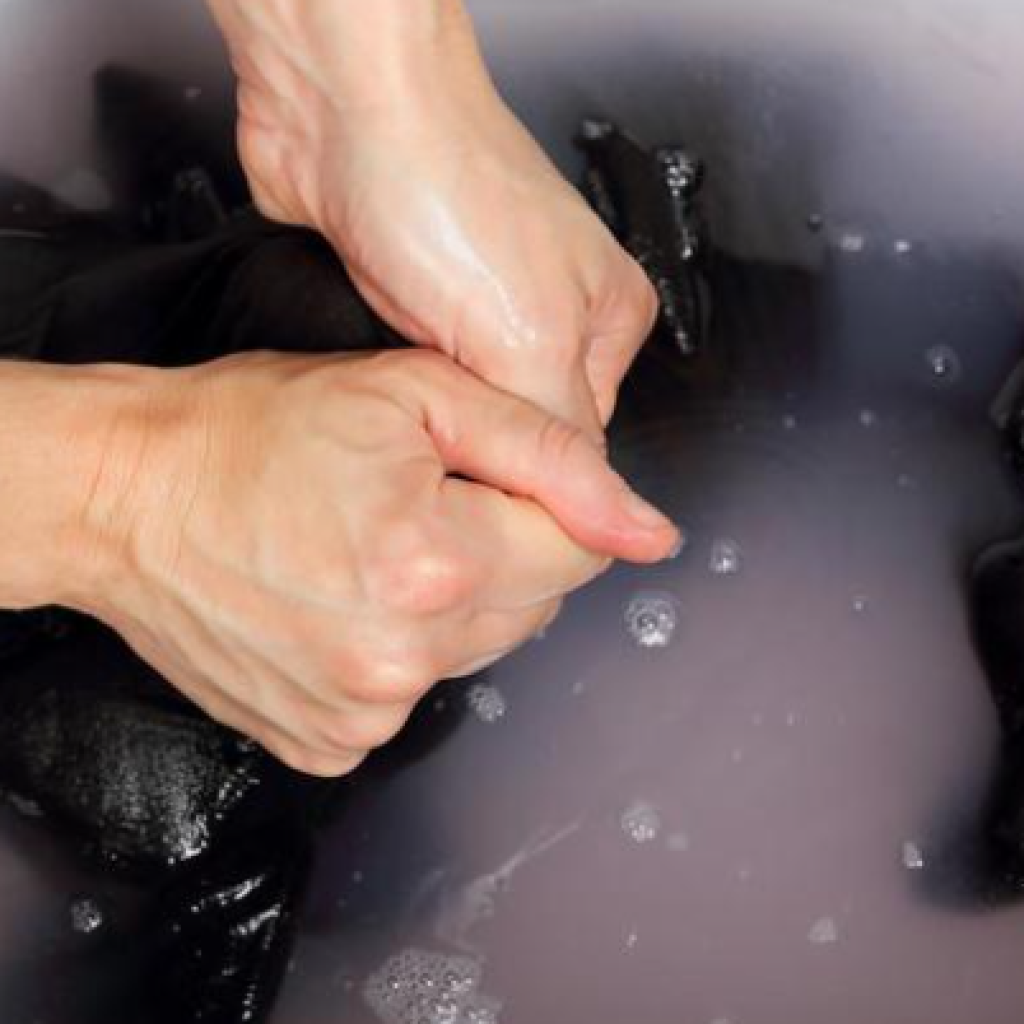
Also, if the stain is protein-based, i.e. blood, eggs, milk (dairy products), deodorant, glue, it should be removed with cold water. If hot water is used, the protein is effectively “cooked”, binding the protein more tightly to the fabric, making it nearly impossible to remove it.
Some other stains that should be washed in cold water include:
jelly/jam
coffee Tea
soy sauce
Urine
baby food
paint
When removing stains, if you’re not sure what water temperature to use, it’s best to use cold water as it will rarely damage your clothes. This is not recommended if you are looking to clean your clothes thoroughly, but doing so will reduce energy consumption, make your clothes last longer, and prevent any shrinkage or warping that could make your clothes less durable!
Summarize
Whether it’s choosing soda, vinegar, lemon juice, and hydrogen peroxide to remove stains, people will always find traditional ways to remove stains from clothes, but if you don’t remember all the tips and tricks, you should at least know how to use hot water Or cold water is the most suitable for stains! Use cold water for delicate items, those stained with protein, and any new clothing you want to prevent shrinking or bleeding. For stubborn stains that need to be disinfected, or if you’re washing white/light-colored clothes made from rayon, hot water is the way to go!
Copyright 2020, Hebei Guansheng Technology Co.Ltd All Rights Reserved
 Hebei Guangsheng Technology Co.Ltd
Hebei Guangsheng Technology Co.Ltd
 Hebei Guangsheng Technology Co.Ltd
Hebei Guangsheng Technology Co.Ltd